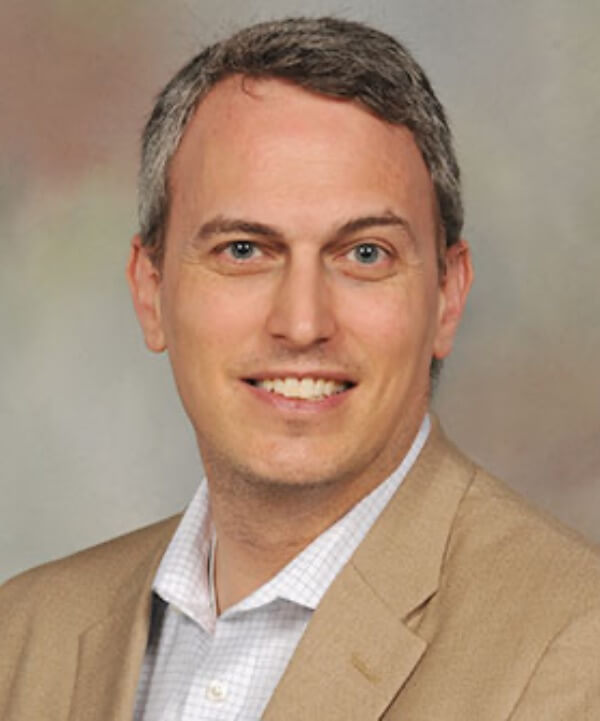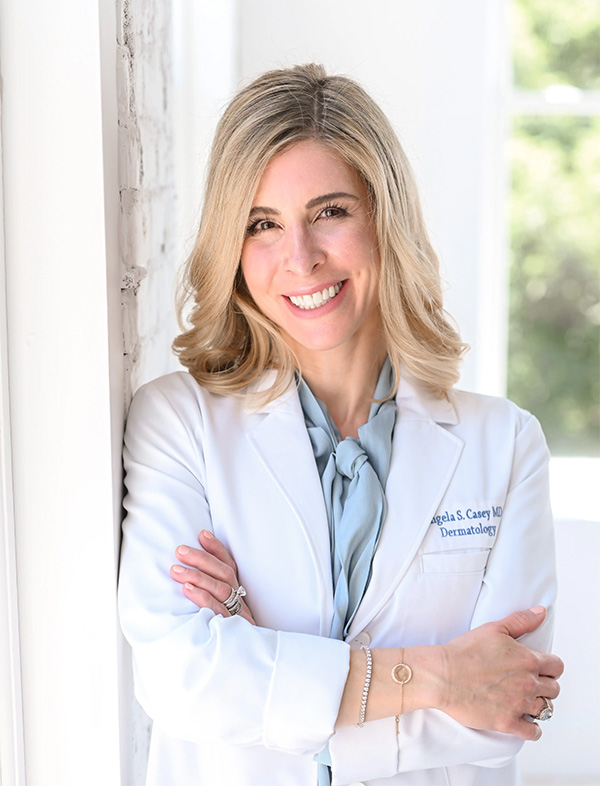Provider Pulse - September 2025
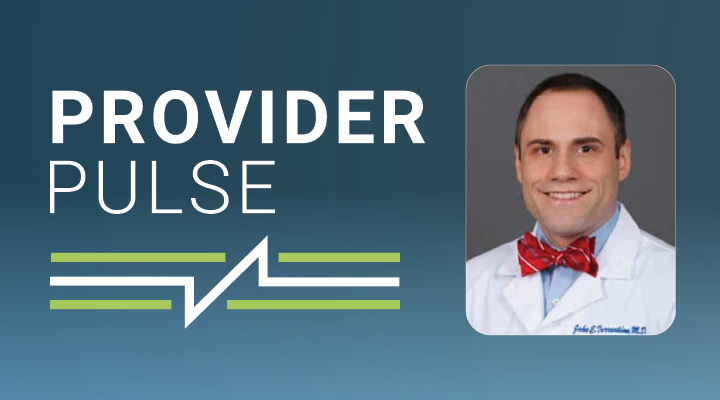 Dear Colleagues:
Dear Colleagues:Over the past few months, we have seen encouraging trends in our MIPS scores, patient satisfaction, and provider engagement across the company. I want to thank each of you for your hard work and dedication that make these outcomes possible. I also appreciate those of you who have provided feedback when challenges have arisen with new clinical or operational protocols. Your ongoing input is critical for us to refine and optimize these processes.
As we move through September, let’s remember that our core mission remains the delivery of safe, effective, and compassionate care to our patients. Please stay engaged, raise concerns early, and share ideas openly. Together we will continue to build a culture of excellence and trust.
Please always feel free to reach out (Jake.Turrentine@qualderm.com) with any questions or concerns.
Sincerely,Jake E. Turrentine, MD

Clinical Corner
This month's topic is a clinical case challenge.
Clinical Scenario: A 78-year-old man presents with the skin lesion shown in the photo. A prior shave biopsy near the center of the lesion showed “actinic keratosis” and “stasis changes.” A two-week course of treatment with 5% fluorouracil resulted in no change, then a course of treatment with clobetasol 0.05% ointment caused the lesion to enlarge significantly.
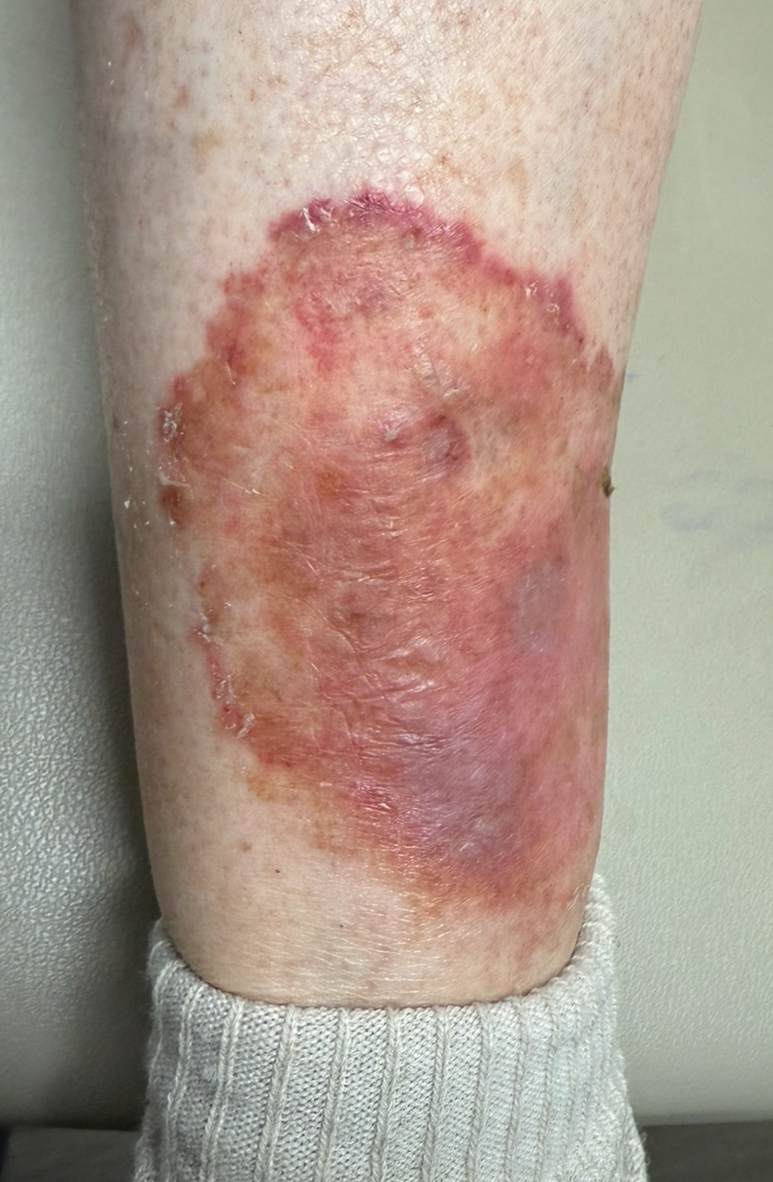
Click here to take review the clinical case challenge.
Coding Corner
Compass Consultants
Compass Consultants, our third-party team tasked with our chart reviews, has identified problem classification as a common error by our providers. There is more to a chronic problem than just chronicity. All of the details of the problem definitions per the E/M Guidelines (below) are taken into account when classifying the complexity of a problem. For instance, seborrheic keratoses can be present for years; however, they are not likely to permanently alter health status, and they do not present a significant risk of morbidity without treatment; therefore, they will always be minor problems. Tinea corporis by itself is a minor problem, yet when it fails to respond to topical treatment and requires oral therapy, it can be considered an “acute uncomplicated illness” because it is a minor problem not responding as expected to therapy (see below). Problems such as psoriasis and atopic dermatitis are inherently chronic in nature and can be considered chronic problems even if the clinician has not seen the patient for at least a year, because they are expected to last at least a year or until the death of the patient and the risk of morbidity without treatment is significant.
1. A minor or self-limited problem is “a problem that runs a definite and prescribed course, is transient in nature, and is not likely to permanently alter health status.”
2. An acute, uncomplicated illness or injury is “a recent or new short-term problem with low risk of morbidity for which treatment is considered” or “a problem that is normally self-limited or minor but is not resolving consistent with a definite and prescribed course”. There is little to no risk of mortality without treatment, and full recovery without functional impairment is expected.
3. A chronic problem is “a problem with an expected duration of at least one year or until the death of the patient. The risk of morbidity without treatment is significant.”
Provider Achievements
Congratulations Cliff Perlis and Angela Casey!
Cliff Perlis was a contributing author on a publication in the American Journal of Clinical Dermatology:
Ricardo JW, Miller R, Iorizzo M, Piraccini BM, Starace M, Grover C, Rigopoulos D, Di Chiacchio N, Di Chiacchio NG, Nguyen H, Nguyen N, Nguyen Z, Perlis C, Wolfe J, Lipner SR. Agreement Between Nail Psoriasis Severity Index Scores by a Convolutional Neural Network and Dermatologists: A Retrospective Study at an Academic New York City Institution. Am J Clin Dermatol. 2025 Jul;26(4):603-610. doi: 10.1007/s40257-025-00934-y. Epub 2025 Mar 17. PMID: 40090959.
Angela Casey served as a dermatology expert for a sunscreen article in Prevention magazine:
Best Mineral Sunscreens for Face and Body, According to Dermatologists and Editor Testing.
Remember, to facilitate gathering information about what accomplishments to celebrate, we have created a link where you can report your own or someone else’s recent achievements:
Opportunities
QualDerm Helping Hand
QualDerm Helping Hand: Please help fund our Helping Hand program! QualDerm Helping Hand is a Teammate Assistance Program established to help our employees help each other. Since its inception in late 2020, Helping Hand has assisted 145 teammates with cumulative grants totaling nearly $145,000. Assistance has been provided to help with funeral expenses, family crises, caring for loved ones, and unexpected income loss within teammate families. The Helping Hand program is completely funded by teammates for teammates. The program is simple: teammates can make a one-time donation or designate a donation of $1.00 or more to automatically contribute to Helping Hand from their bi-weekly paycheck. All donations are tax-deductible, and the money is used to help qualifying teammates via Helping Hand grants. For more information about the program, and for the payroll authorization program, please click the button below. Please also feel free to reach out to Casey Parker or Marcia Topiwala with any questions.
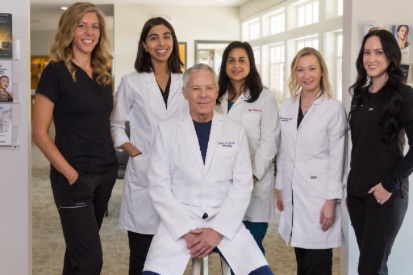
Grand Rounds
Grand Rounds is an excellent opportunity for us to collaborate, share great cases, and earn CME credit. We recently learned that presenters may earn up to 1 additional hour of CME credit for every 15 minutes of presentation time (in addition to the full hour granted for participation in grand rounds). If you prepare a single case to present, up to 1 hour of preparation time can count towards credit. Our next grand rounds is November 4, 2025 at 8PM EST. CME credit is offered if enough cases (4-5) are submitted in advance of the meeting. Please continue to watch for any good cases that would be beneficial to share with our network of providers. If you have any cases you would like to share, please reply to Sheri Kimbro at sheri.kimbro@qualderm.com anytime with your topic then she’ll assist you with the logistics for your presentation. Remember, presenters will receive QDP swag such as coffee mugs, tumblers, or tote bags as a token of appreciation.
“Individually, we are one drop. Together, we are an ocean.” - Ryunosuke Satoro


